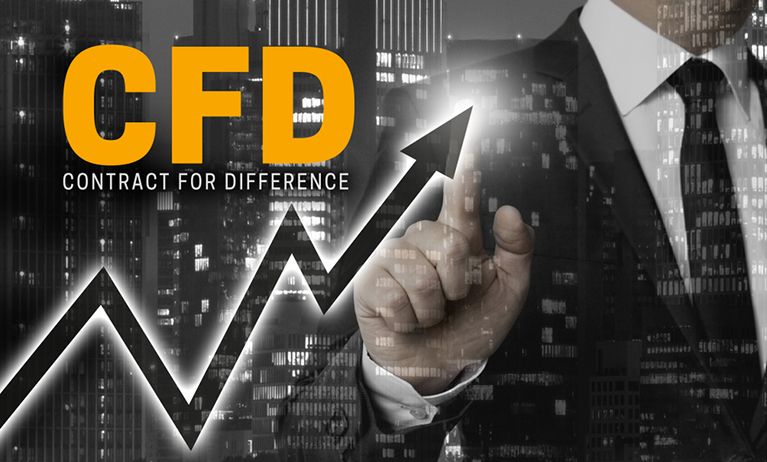Contents
What is CFD trading ?
CFD trading is a way to speculate on financial assets, such as trading stocks or investing an ETF. However, trading CFDs is a little different – because unlike investing in funds or stocks, you never own the underlying market.
Alternatively, you can buy or sell a contract for difference (or CFD for short). CFDs reflect live prices of the financial markets. When you trade in one, you gain the same exposure as if you had purchased the asset that is traced back. But instead of investing in the market, you are buying a contract.
This contract enables you to exchange the difference in the price of an asset from the time your position is opened to the time it is closed.
Let’s look at a quick example to see how this works in practice.
CFD trading example: Tesla
Tesla is trading at $ 750 and you want to take your position on it. You could invest in Tesla shares with stock trading, or you could buy Tesla CFDs.
Investments
Invest in Tesla by buying 100 shares at $ 750. Tesla rises to $ 800 and you sell your shares. You are selling each stock for $ 50 more than you paid, giving you a profit of $ 5000. CFD trading Trade Tesla by buying 100 CFDs at $ 750, then close your position at $ 800. Trade the Tesla price difference with your provider, earning $ 50 for each CFD or $ 5000.
As you can see, the result of each position was the same, but the method of getting there was slightly different.
At $ 700, then the result would be the same again. With investments, you would sell your shares for $ 50 less than what you paid for them.
With CFD trading, you would still change the Tesla price difference, but since the market has moved against you, you pay your provider $ 50 per share.
Why trade CFDs ?
At this point you may be wondering why traders choose not to own financial markets when opening positions. The answer is that CFDs offer some additional features and flexibility that are hard to find when investing.
Now let’s look at three main characteristics of CFDs.
Buying & Selling CFDs
As we’ve observed, a CFD is a contract in which your provider agrees to pay you the difference based on the market movement in your favor.
Since you don’t actually own the underlying asset, you can decide whether you want to profit from upward movements (known as buying) or downward movements (known as short selling) when you open your position.
You can profit from an upward movement by buying CFDs. If the market rises by the time you close your position, you’ll earn a profit. Conversely, you can profit from a downward movement by selling CFDs. In this scenario, you’ll profit if the market falls by the time you close your position.
For example, if you believe that the price of oil is about to drop due to global economic weakness, you can capitalize on this bearish outlook by selling Brent CFDs. If the price of Brent crude does fall, you can close your position and pocket the difference in price.
However, if the price of oil rises instead, you’ll incur a loss.
How To Start CFD Trading
It’s very easy to start CFD trading, you need to follow a few steps. Here is a guide:
- Educate yourself: Learn the basics of CFD trading, including market mechanics, order types, and risk management strategies. You can also learn about CFD trading strategies.
- Choose a reputable broker: Choose a broker that is regulated and has a good reputation. You can find a list of the best brokers for beginners in.
- Prepare your capital: You need some capital to secure your positions. Once you’ve saved enough to get started, you can open an account with your chosen broker.
- Download a CFD trading platform: Picking the best CFD trading platform is one of the first things to consider when trading CFDs online. You can use a demo account to get to know the software and practice your skills with virtual currency.
Your broker may offer a CFD trading platform specifically designed for trading CFDs, or you can use a platform like MetaTrader 4 or MetaTrader 5, which are designed for trading both CFDs and Forex. - Make your first trade: Once you have prepared your capital and downloaded a trading platform, you can make your first trade.
It is important to note that CFD trading involves risks, and you should only invest money that you can afford to lose.
See More: CFD Trading on etoro : benefits of the eToro CFD trading platform.

